Or, as the original title said, “The Real Economy vs. The Fictional Economy.”
You may have heard that the Federal Reserve intends to create a trillion dollars a day for thirty days to support the financial markets.
This is a grim and determined attempt to make sure that at the end of this crisis, the same people control the economy that control it today.
The correct action is mostly legislative: A halt to all mortgage payments, rent, utility bills, and other bills due for the duration of the crisis. Then give a UBI to everyone. Businesses which need to keep running and need help can be given enough money (given, not loaned, not market operations) to continue for the duration. Those that don’t shutter, and their fixed costs like rent, mortgages, loans, etc. are all simply put on hiatus. For the duration that they are not operative, no interest is accrued, etc.
Those businesses which cannot survive on this basis, and which are not needed during the isolation period, are therefore obviously not critical. Let them go bankrupt. The shareholders will be wiped out, the bondholders will become shareholders. That’s how capitalism works.
This may seem unfair, as an epidemic is an act of God, but the industries asking for bailouts are ones that instead of putting aside a rainy day fund, spent all of their profits on stock buybacks, then in many cases also took out loans and made stock buybacks.
Stock buybacks are ostensibly to “return value to shareholders,” but really they are done in such large amounts because executives are granted share options, and they want the price to go up so their shares are worth more. If they wanted to return value to shareholders, they would simply pay dividends or perhaps reinvest. Companies which have been smart, for example Apple, have huge warchests and can survive a long period. Companies like Boeing who thought their job was to enrich their executives and who cares if planes fall out of the sky because they have gone to the cheapest engineers possible, well, they deserve to die. Same is true of Airlines. GE is a shell of itself, and should be allowed to go into receivership.
Companies that are important once isolation is over, and which the government doesn’t want broken up or consolidated can simply be bought up by the government. “If we’re giving you a bailout, you belong to us.” Give it a few years, sell them back for a profit, or keep them if they are natural monopolies.
But let’s move back to the original question of real economies vs. fictional ones. The real economy is the people, the buildings, and the capital equipment. The fictional one is the financial ledgers which determine who owns what and owes what. These are entirely made up by us, by rules we created and we can change those numbers and rules any time we want, as the Federal Reserve is illustrating yet again.
The job is not to preserve the fictional numbers, or to preserve incompetent ownership and control. The job is protect the real economy: people, buildings, and capital equipment.
These are two separate things. As long as the people and the stuff is still there, we can reconstitute the economy any time we decide. So we protect the people first, and the numbers last, if at all.
This crisis is also making clear who actually is important: grocery workers, logistics workers, farmers, utilities workers, people maintaining the internet, doctors, nurses, garbagemen, health assistants, etc.–people who maintain the actual goods and services we need or really, really want up at all times (like the internet).
Most of the work we do, most of the economy, is unnecessary, and a lot of it is filled with people who hate their jobs.
So perhaps this is an opportunity to see what jobs matter, make them into good jobs that people like (because essential jobs should not be done by miserable people), and then look at the other jobs and get rid of the ones that mostly create misery or pollution or goods or services we really don’t need.
This is a chance to see what actually matters, and reorient our society towards that.
More one what that would look like in future articles.
The results of the work I do, like this article, are free, but food isn’t, so if you value my work, please DONATE or SUBSCRIBE.
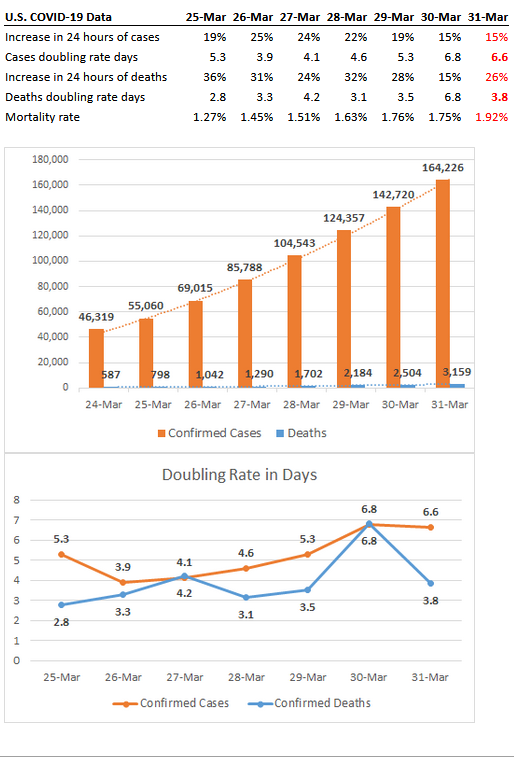
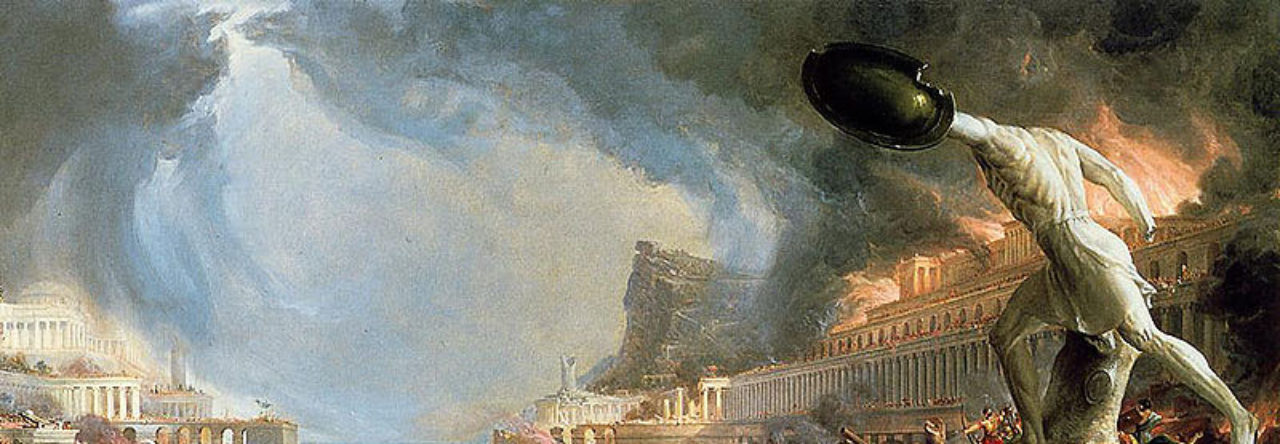
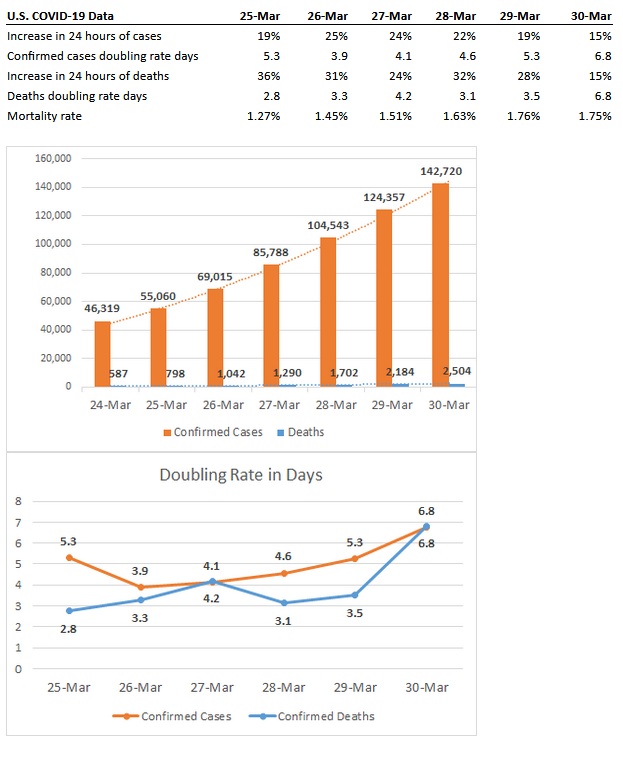
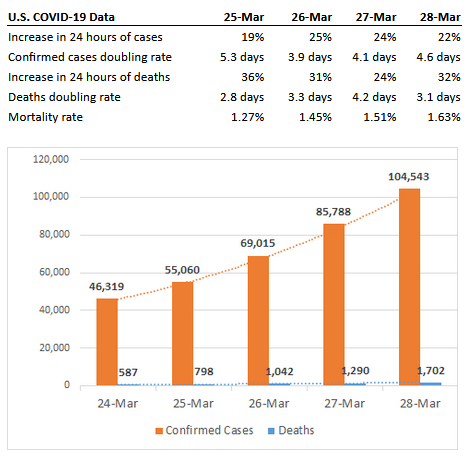
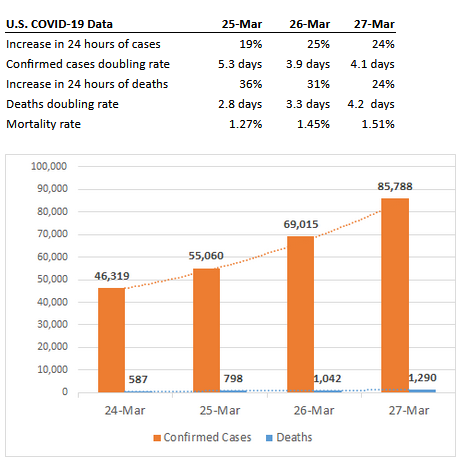
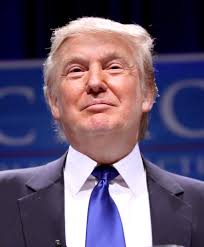 I’ve said a number of times now that my intuition is that Trump will be gone soon. My current intuition is within five weeks of today. But the more I look at the numbers, the more true it seems to me, and might be worth unpacking.
I’ve said a number of times now that my intuition is that Trump will be gone soon. My current intuition is within five weeks of today. But the more I look at the numbers, the more true it seems to me, and might be worth unpacking.